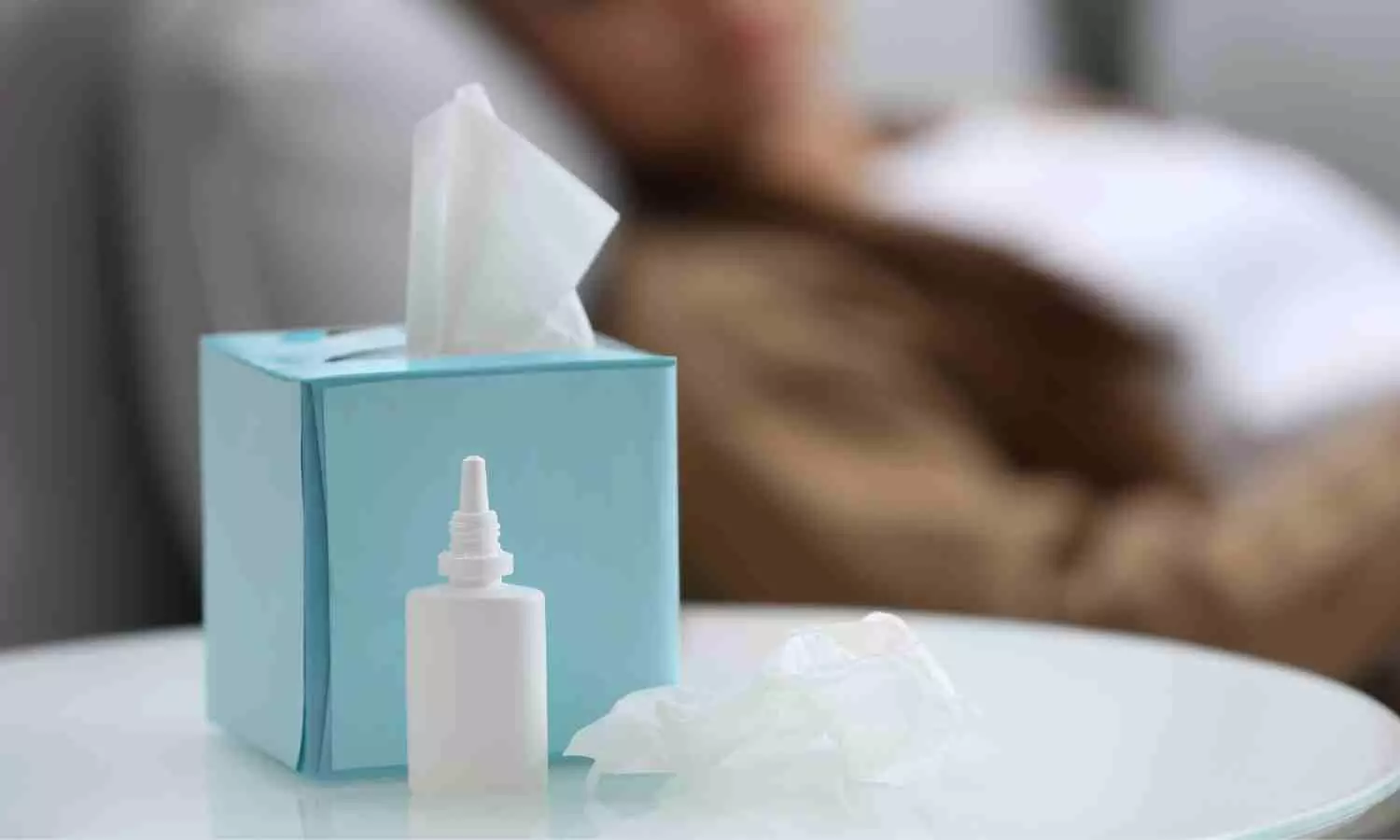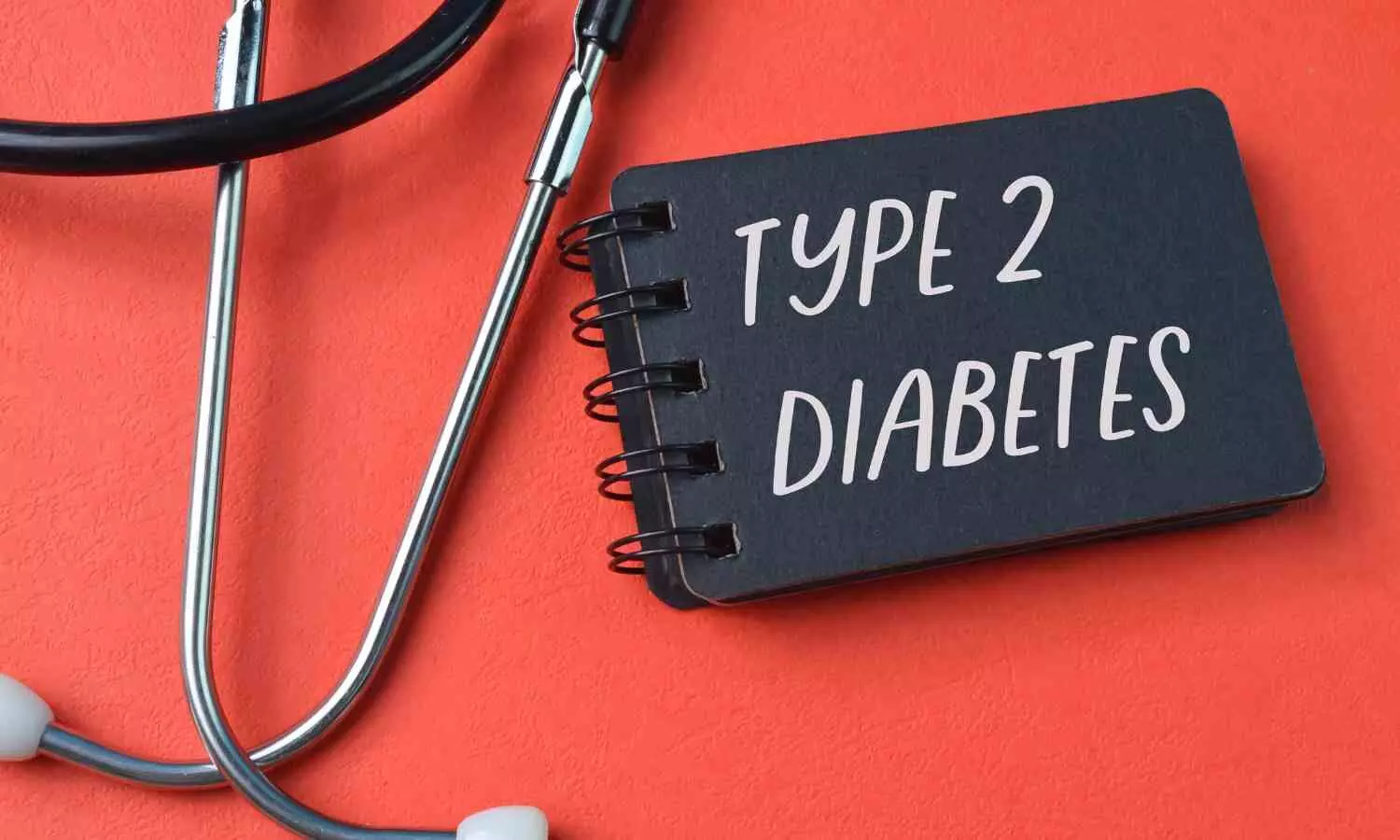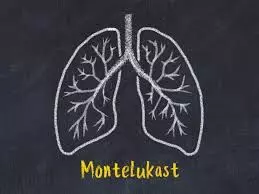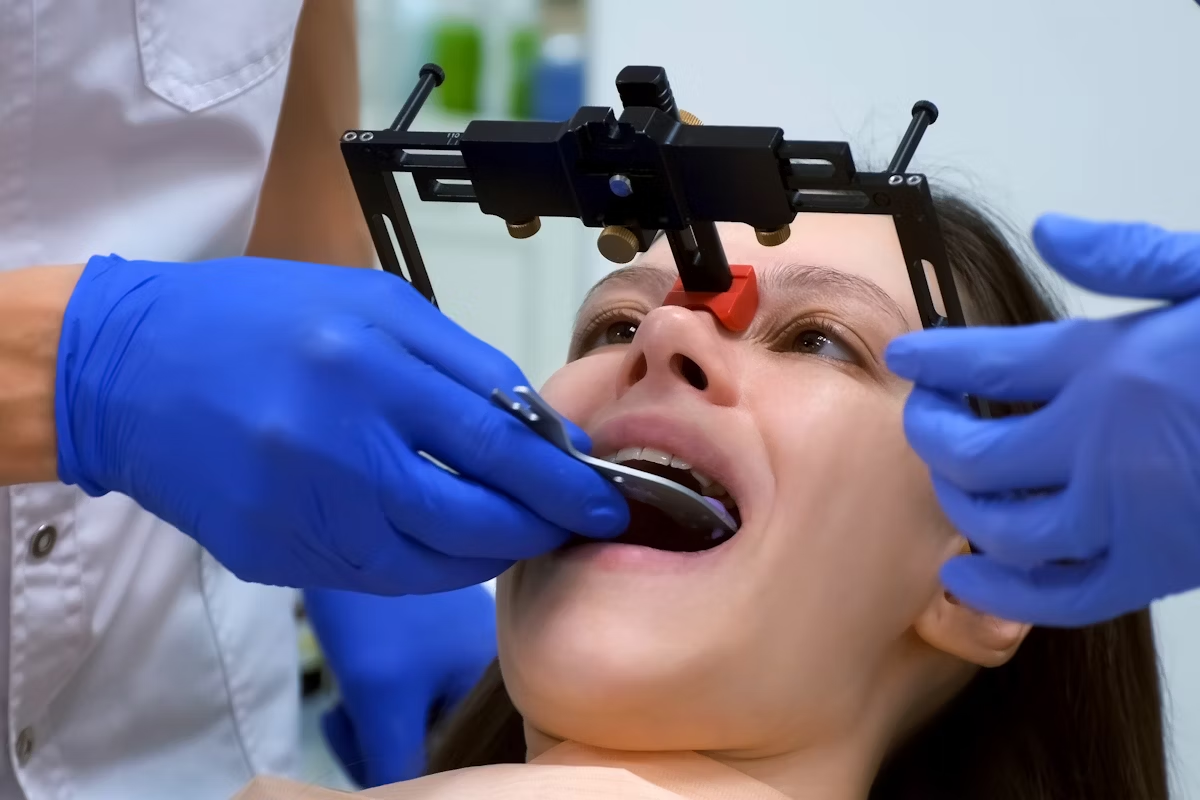Lignan Intake Linked to Lower Mortality in Individuals with Type 2 Diabetes: Study

Researchers have demonstrated in a new study that higher levels of lignan consumption may lower the risk of mortality in a patient with type 2 diabetes mellitus (T2D), in those from minority ethnic groups. These are polyphenolic compounds mainly found in foods derived from seeds, whole grains, fruits, and vegetables. The study was conducted by Binkai Liu and colleagues published in The American Journal of Clinical Nutrition.
The study aimed at prospectively assessing the association between lignan intake after a diagnosis of diabetes and mortality risks from all causes, cardiovascular disease, and cancer-related deaths.
In analyzing data from the two large US cohorts: the Nurses’ Health Study from 1984 through 2020 and the Health Professionals Follow-up Study from 1986 to 2022, a total of 8,465 subjects with T2D provided information for 116,026 person-years of follow-up. Authors calculated average daily intake of lignan for total lignans and by types: matairesinol (MAT), secoisolariciresinol (SECO), pinoresinol (PINO), and lariciresinol (LARIC). Researchers estimated HRs and 95% CIs using multivariable-adjusted Cox models in order to obtain the association estimate.
Key Findings
During the follow-up period, 4,372 deaths were reported, of which 1,318 were CVD and 752 were cancer. The pooled results for all were as follows:
• All-Cause Mortality: The pooled HR for the highest versus lowest quintile was 0.83 (95% CI: 0.74, 0.94).
• Cardiovascular Mortality: SECO intake significantly correlated with the pooled HR of 0.78 (95% CI: 0.69, 0.87).
• Cancer Mortality: SECO intake was also inversely associated with cancer mortality, with HR of 0.78.
Individual Lignans:
• Matairesinol (MAT): HR of 0.89 (95% CI: 0.80, 0.99)
• Pinoresinol (PINO): HR of 0.91 (95% CI: 0.81, 1.01)
• Lariciresinol (LARIC): HR of 0.92 (95% CI: 0.82, 1.03)
Changes in lignan intake from pre- to post-diagnosis were also consistently associated favourably:
• Total lignans: HR of 0.83 (95% CI: 0.75, 0.93).
• MAT: HR of 0.86 (95% CI: 0.77, 0.96).
• SECO: HR of 0.81 (95% CI: 0.72, 0.90).
The associations were stronger among non-white participants, which suggests potential population-specific benefits.
Researchers concluded that high lignan intake was associated with significantly reduced risks of all-cause and cause-specific deaths, including mortality from CVD and cancer. Thus, dietary lignans may play an important role in mitigating health complications in T2D patients, especially among minorities.
Reference:
Liu, B., Hu, Y., Wang, S., Wang, M., Rimm, E. B., & Sun, Q. (2025). Lignan intake and mortality among adults with incident type 2 diabetes–prospective cohort studies. The American Journal of Clinical Nutrition. https://doi.org/10.1016/j.ajcnut.2025.01.008
Powered by WPeMatico









